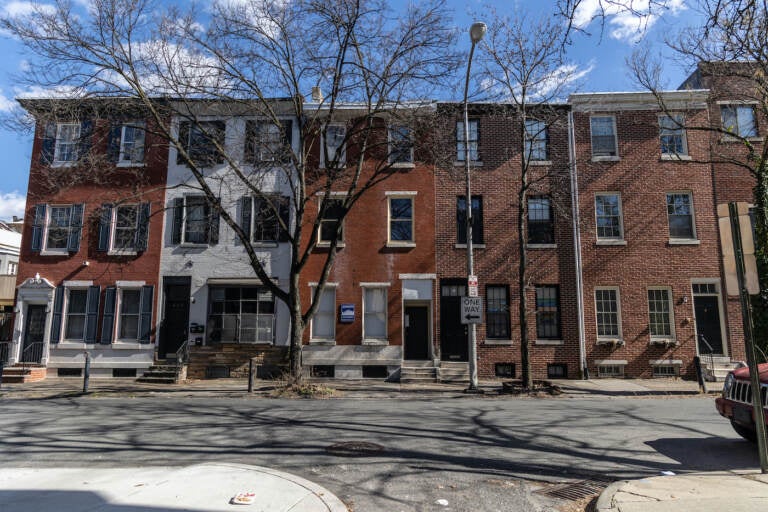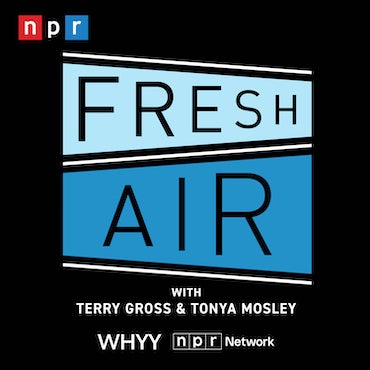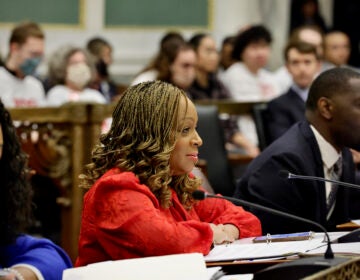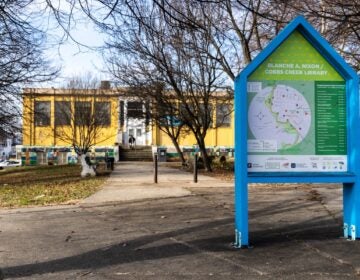With funding for Philly’s Built to Last program not in mayor’s budget proposal, supporters go to City Council for help
The “one-stop-shop” program that coordinates home repair, energy efficiency and solar for low-income homeowners could be at risk.
Listen 1:16
Typical rowhouses in Center City. (Kimberly Paynter/WHYY)
Have a question about Philly’s neighborhoods or the systems that shape them? PlanPhilly reporters want to hear from you! Ask us a question or send us a story idea you think we should cover.
Philadelphia Mayor Cherelle Parker’s budget proposal for the fiscal year starting in July does not include funding for a popular program that coordinates home repair, energy efficiency upgrades and rooftop solar for low-income homeowners.
The Built to Last program has a waitlist of over 2,600 people, Philadelphia Energy Authority President Emily Schapira said during a budget hearing Wednesday. She said the program needs city funding to continue.
“With the loss of federal opportunities and uncertainty of existing federal funding, we ask for council’s help to keep this work going,” Schapira said. “We’ve come way too far to turn back now.”
The Built to Last program acts as a one-stop shop for low-income homeowners facing high energy bills or maintenance issues in their homes. It coordinates other home repair, utility and energy efficiency programs available in the city, such as the Basic Systems Repair Program and the Adaptive Modifications Program, and fills in gaps. For example, the program could coordinate repair of a leaky roof, weatherization and installation of rooftop solar panels on a single home. It has served 220 homes to date, with more than 400 homes in the pipeline, Schapira said.
The budget City Council passed last year included $5 million for Built to Last. But a spokesperson for Mayor Cherelle Parker said Wednesday this funding was a “one-time” allocation.
The Philadelphia Energy Authority — a quasi-governmental agency that runs a residential rooftop solar program, has helped the city buy solar power and issued the bond for the city’s streetlight replacement program — would receive $1.3 million next fiscal year under Parker’s current proposal. This would amount to a $250,000 increase from the Authority’s “base allocation” in the current fiscal year’s budget, excluding this year’s $5 million for Built to Last, said Parker’s spokesperson, Joe Grace. But it would be a cut from the Authority’s $2.05 million allocation in fiscal year 2024.
Schapira is asking Council to increase the Philadelphia Energy Authority’s slice of the city budget significantly, for a total of $10 million. That would include $3 million for the Authority’s operations, $5 million for Built to Last, $1.5 million for clean energy workforce development and $500,000 to develop bridge loans for low-income energy rebates and tax credits.
In the past, the Philadelphia Energy Authority has received federal grant funding and state funding through the Whole-Home Repairs program. But Whole-Home Repairs funding has failed to make it through the Pennsylvania legislature the past two years, and a total of $16 million in “anticipated” federal funding for the Built to Last has been eliminated, while roughly $4 million of the authority’s existing federal funding is currently “at risk,” Schapira said.
The cuts to anticipated funding that Schapira listed included part of a $20 million grant to launch a Grays Ferry Community Resilience Hub in South Philadelphia. That grant appeared on a list obtained by Senate Democrats that detailed grants they said were “targeted” for termination. But the grant’s primary recipient, the Energy Coordinating Agency, has not yet received a termination letter, CEO Steve Luxton said.
Without more city funding, the authority would need to “stop or slow down programming,” Schapira told councilmembers Wednesday.
“As the federal picture grows ever more challenging, we’re asking for some certainty from city funding,” she said.
Funding for Built to Last is also not included from Parker’s ambitious plan to create and preserve 30,000 dwelling units, supported by $800 million in borrowed bonds. The Philadelphia Housing Opportunities Made Easy plan published to the city’s website last week recommends the Built to Last program “continue,” but the initiative does not currently include funding for the program, Grace said.
Councilmember Nicolas O’Rourke, one of several councilmembers who have advocated for more funding for Built to Last, said during Wednesday’s hearing that home repairs are key to affordable housing.
“Although building housing is important, our primary concern should be repairing and rehabbing the plentiful housing stock that currently already exists in the city of Philadelphia,” he said. “Repair is both cheaper and less likely to displace long-term residents who have consistently told us that they are concerned about being displaced.”
Advocates with the Grays Ferry-based nonprofit Philly Thrive have been pushing the city to fund Built to Last. Policy fellow Ella Israeli says the program is unique in its ability to facilitate holistic home improvements that address health, safety, affordability and sustainability.
“You can’t put solar panels on a roof that needs repairs,” Israeli said.

Subscribe to PlanPhilly
WHYY is your source for fact-based, in-depth journalism and information. As a nonprofit organization, we rely on financial support from readers like you. Please give today.








